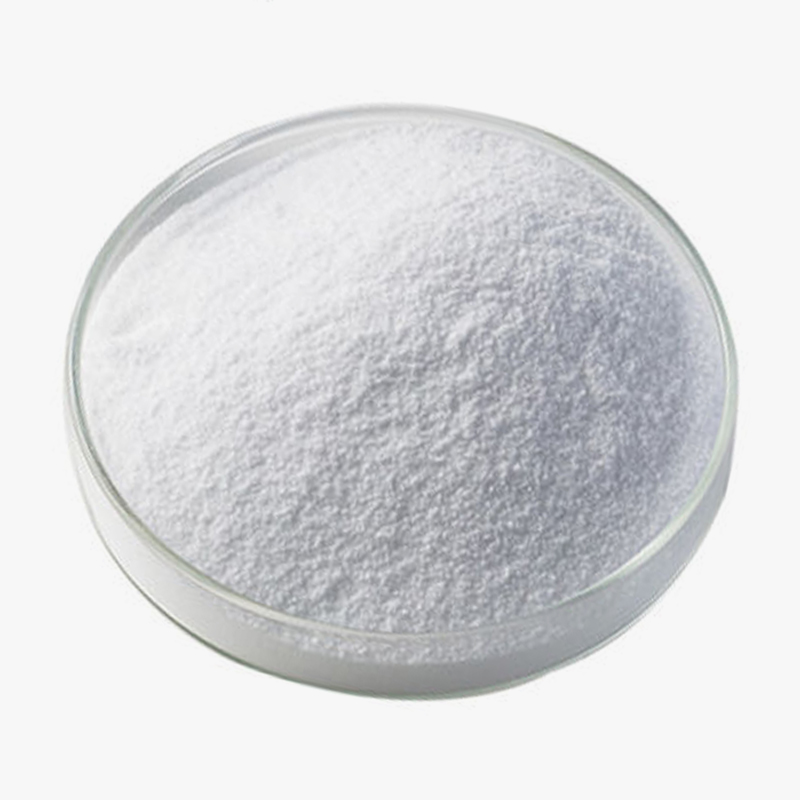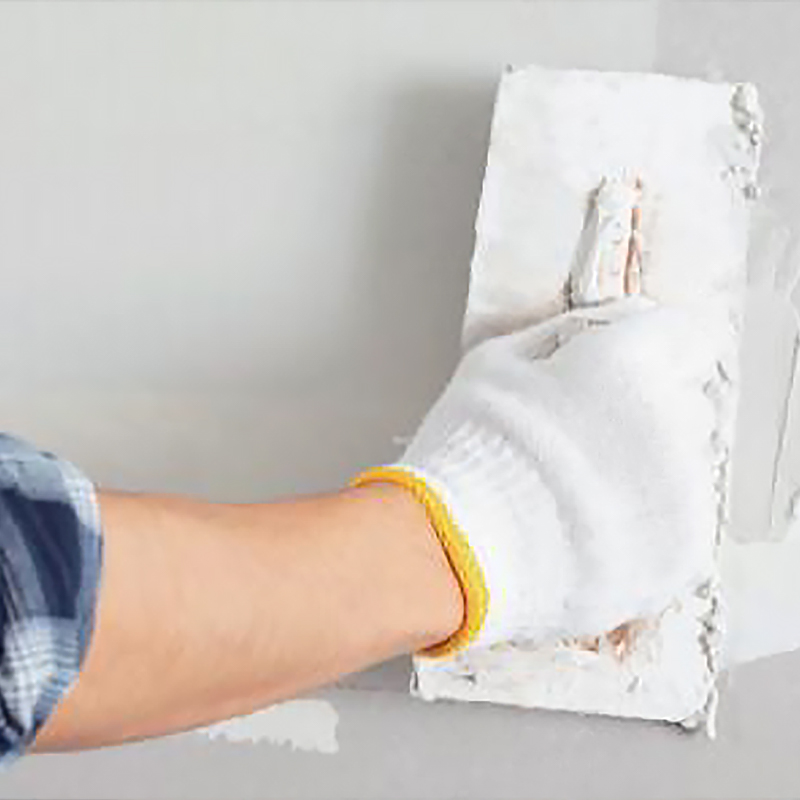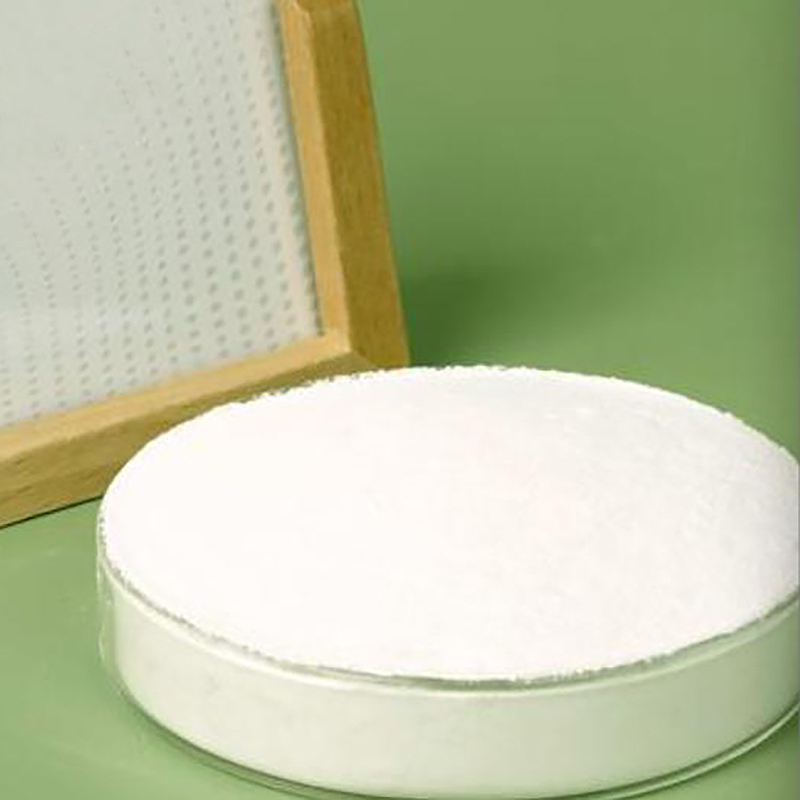1. Molecular structure and mechanism of action
The performance secret of MP series HPMC comes from its unique molecular design. As a non-ionic cellulose ether, it is made from natural cellulose by etherification modification. The hydroxypropyl (-OCH₂CHOHCH₃) and methoxy (-OCH₃) evenly distributed on the molecular chain give it amphiphilic properties - it retains the hydrophilicity of the cellulose main chain and introduces moderate hydrophobic properties through the ether group. This precisely balanced degree of substitution (methoxy content 19-24%, hydroxypropoxy content 4-12%) makes it stable under different pH values (2-12) and compatible with various building materials without flocculation risk.
The water retention mechanism demonstrates the physical wisdom of HPMC. When the MP series products are dissolved in water, the polar groups on their molecular chains capture water molecules through hydrogen bonds, and at the same time the molecular chains stretch to form a three-dimensional network structure, converting free water into structured bound water. This effect can increase the water retention rate of fresh mortar from the conventional 75-85% to more than 95%, delay the evaporation and migration of water, and create an ideal environment for cement hydration reaction. Studies have shown that the 24-hour water loss rate of mortar with 0.3% MP-HPMC is 60-70% lower than that of blank samples, which significantly reduces plastic shrinkage cracks.
In terms of rheological regulation, HPMC exhibits shear thinning ability. In a static state, the molecular chains are entangled with each other to form a weak gel structure, providing sufficient suspension force to prevent aggregate sedimentation; when subjected to shear forces such as stirring and pumping, the molecular chains are oriented along the flow direction, and the viscosity drops by 50-70% instantly, ensuring smooth construction; after the shear force is removed, the network structure recovers quickly. This "shear reversibility" makes MP-HPMC an ideal thixotropic regulator. Rheological tests show that the thixotropic recovery index of plaster containing 0.2% MP-20000 can reach 92%, far exceeding the industry standard.
The chemical essence of the retarding effect is the selective adsorption of HPMC molecules on the surface of cement particles. Its ether group forms a complex with C₃A (tricalcium aluminate) to delay the formation of calcium sulfonate, while the hydroxyl group forms a hydrogen bond with the hydration product of C₃S (tricalcium silicate) to control the precipitation rate of CSH gel. This dual effect allows the setting time to be extended by 2-8 hours (depending on the dosage), providing key technical support for high temperature environment construction and large-volume pouring.
2. Product characteristics and performance advantages
The MP series HPMC meets diverse needs through precise viscosity grading. From low viscosity MP-400 (400mPa·s) to ultra-high viscosity MP-200000 (200,000mPa·s), 8 standard gradients are formed, and each grade corresponds to a specific application scenario: MP-400 is suitable for self-leveling mortars that require high fluidity; MP-4000 is an ideal choice for tile adhesives; MP-15000 is designed for thick layer plastering. This segmentation strategy enables users to accurately match material performance with construction requirements and avoid cost waste caused by over-design. Tests show that the correctly selected MP-HPMC can improve material performance by 30-50% while reducing the total amount of additives by 15-20%.
Temperature adaptability is the outstanding advantage of the MP series. The unique gel temperature design (adjustable from 60-90°C) enables it to maintain stable performance under high temperatures in summer, while conventional HPMC will fail due to gelation above 45°C. When the ambient temperature rises to the critical point, the MP-HPMC molecular chain forms microscopic gel particles through dehydration and shrinkage, temporarily "freezing" the water retention function; after the temperature drops, it dissolves and restores activity. This reversible phase change characteristic is particularly suitable for areas with large temperature differences. Field tests show that the construction performance of plaster mortar containing MP-HPMC at 50°C is equivalent to that of ordinary products at 30°C.
Compared with competing products, the MP series has achieved a breakthrough in solubility performance. Through a special surface treatment process (glyoxalation), its dispersibility is increased by 50%, the "fish eye" phenomenon is reduced to <5/10g, and the complete dissolution time in cold water is shortened to 15-20 minutes (conventional products require 30-45 minutes). More noteworthy is its anti-biodegradability - the special substitution pattern of the molecular chain makes it difficult for microorganisms to identify and decompose, and the viscosity loss rate during storage is <5%/year, which is far lower than the industry standard of 10-15%. This stability provides a quality assurance period of up to 18 months for premixed dry mortar.
The composite synergistic properties make MP-HPMC the core of formula optimization. The synergistic effect with PVA fiber increases crack resistance by 3 times; the combination with starch ether reduces the sag of mortar by 40%; and the combination with latex powder increases the bonding strength by 50-80%. This "1+N" synergistic mode enables material designers to achieve the most complex performance with the simplest formula. Cost-benefit analysis shows that the comprehensive cost of the multifunctional system using MP-HPMC is 25-35% lower than that of using multiple single-function additives, while simplifying the production process control points by more than 50%.
3. Application of MP series hydroxypropyl methylcellulose (HPMC) in architectural scenes
In the field of wall plastering, MP-HPMC has created a new standard for construction quality. Adding 0.1-0.2% of MP-15000 can make the traditional plaster mortar have a completely new performance: water retention rate ≥ 98% to avoid hollowing caused by excessive water absorption of the base layer; thixotropic index > 90% to ensure thick layer construction (single pass up to 20mm) without sagging; slow setting properties provide 120-150 minutes of operating time, which is enough to complete large-area continuous operations.
In the tile pasting system, the MP series shows the perfect combination of bonding science and rheological control. Aiming at the low water absorption of vitrified tiles, MP-8000 solves two major industry problems by extending the open time (up to 30 minutes) and enhancing slip resistance (<0.5mm); for heavy stone, MP-12000 provides a wet bonding force of >1.5N/mm², which is sufficient to withstand the initial load of facade installation. The most innovative is its stress buffering function - the HPMC phase, whose elastic modulus is 2 orders of magnitude lower than that of the cement matrix, can absorb the internal stress generated by temperature difference deformation, increasing the number of thermal shock cycles of the system to more than 200 times.
The precision performance of self-leveling materials is inseparable from the rheological regulation of MP-HPMC. The selected MP-400 achieves a triple balance at a low dosage (0.05-0.1%): initial fluidity ≥140mm to ensure leveling ability; 20-minute fluidity loss <5mm to ensure construction continuity; 24-hour compressive strength >12MPa to meet early load requirements. This delicate balance allows the thickness of the self-leveling layer to be controlled within a precise range of 2-5mm, saving more than 40% of materials. Laser flatness detection shows that the surface height difference of the project using this technology is ≤2mm/2m, meeting the benchmark requirements of epoxy flooring.
In the field of decorative mortar, the MP series gives the material "vitality". By adjusting the dosage of MP-6000 (0.3-0.5%), different surface textures from delicate and smooth to rough and simple can be achieved; when combined with iron oxide pigments, its excellent color paste dispersion makes the batch color difference ΔE <1.0 (indiscernible to the naked eye). The most amazing thing is its weather resistance and durability - after 5000 hours of UV accelerated aging test, the color change rate of decorative mortar containing MP-HPMC is only 1/3 of that of conventional products, ensuring that the color of the building facade is as new as new for ten years. This performance extends the renovation cycle from the traditional 5-8 years to more than 15 years.
4. Storage points of MP series hydroxypropyl methylcellulose (HPMC)
Packaging selection is the first line of defense for storage. MP-HPMC should be packaged in three-layer composite bags (outer PP woven for moisture-proof, middle aluminum foil for oxygen-proof, inner PE film for dust-proof), with resealable zippers and humidity indicator cards (discoloration when >60%RH) at the seal. This professional packaging has a moisture-proof shelf life of 24 months at 25℃/65%RH, while ordinary PE bags can only last for 6-8 months. Warehousing data shows that the viscosity loss rate of HPMC in composite packaging before use is <3%, which is much lower than the 10-15% of simple packaging.
Warehousing environment control must follow the "three avoidance principles": avoid moisture (relative humidity <65%), avoid heat (temperature <30℃), and avoid stacking (palletizing ≤8 layers). Under ideal conditions, a constant temperature and humidity warehouse (20±5℃, 50±5%RH) should be equipped, and a 30cm high moisture-proof rack should be set on the ground. If conditions are limited, at least a local microenvironment should be set up in an ordinary warehouse - use plastic film enclosure + silica gel desiccant (5kg per ton of material) to create a microclimate. Comparative tests show that the performance of MP-HPMC stored for 18 months under this simple protection is still better than that of samples stored for 6 months without protection.
The pretreatment process directly affects the use effect. Correct dissolution should be carried out in three steps: pre-dispersion (dry mixing of dry powder and other components for 2-3 minutes), cold water infiltration (slowly adding under stirring to avoid caking), and complete dissolution (standing for 10 minutes to stabilize the "post-thickening" effect). For high viscosity grades (>40000mPa·s), it is recommended to use a graded dissolution method - first use part of the water to make a 10% mother liquor, and then dilute to the target concentration. This method can shorten the dissolution time by 50% and reduce energy consumption by 40%. Quality monitoring data show that the viscosity fluctuation range of the HPMC solution dissolved in a standard manner is less than ±5%, while the fluctuation of the directly dissolved sample is ±15-20%.
Abnormal handling requires professional knowledge. When slight agglomeration is found, it can be sieved through a 40-mesh screen and then continued to be used (efficiency loss <5%); if it is seriously damp (water content >5%), it should be dried for 2-3 hours under 60℃ hot air circulation to restore performance. The most difficult thing is local gelation caused by high temperature, and then a gradient cooling method is required - first move the material to a 10-15℃ environment for 24 hours, and then gradually return the temperature to 25℃ for use. Records show that the correct implementation of these rescue measures can restore the use value of more than 85% of abnormal materials and avoid the economic loss of direct scrapping.

 简体中文
简体中文 English
English русский
русский عربى
عربى Español
Español










